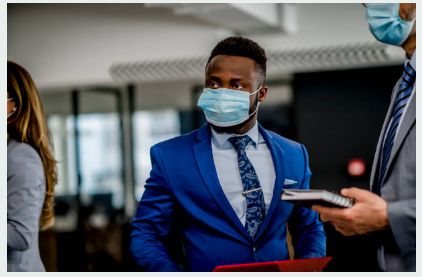The covid-19 health crisis prompted new realities and, in some cases, deepened the gaps in the university education sector. In this way, the formation of the new generations will be different, with changes and challenges driven by the pandemic.
Among the great changes in teaching processes, personalized training stands out thanks to virtual classes; Regarding challenges, the need for all students to have adequate digital devices
Below are the 7 realities presented by new normal
1. MENTAL HEALTH MUST BE CONSIDERED
Rapid and impromptu digitization not only wreaked havoc on workers, it took a toll on students as well. The levels of stress, anxiety and depression among university students, are higher than what was registered before the pandemic.
2. COLLABORATION IS IMPORTANT
Collaboration between universities to find solutions to shared problems will be increasingly necessary. Joint work between professional training institutions is the way to solve some challenges.
3. LEARN TO UNLEARN
How do we teach? Who do we teach? Are all the students in the same conditions? These are questions that teachers must ask themselves in this new reality. Much is said about the ability of students to unlearn, but teachers must also develop this ability.
Teachers must be prepared to renew their teaching methods and adapt to the different contexts in which their students find themselves.
4. BOOST TO MATH SKILLS
Facing a future of work with more artificial intelligence, vocational training must consider the development of new skills , especially those related to mathematics.
The digital transformation of companies also implies a profound change in what university students must learn.
5. PERSONALIZED TRAINING
The skills of tomorrow cannot be developed with the training methods of the past, based on generalized teaching
Today, teachers and universities must ask themselves how to approach students, thinking that each one learns differently, he added.
6. DEVELOPMENT OF SOFT SKILLS
Companies are looking for people with learning agility and resilience. Each time, organizations are looking more for soft skills than academic preparation.
The question is whether universities are focusing on that too or are they just playing with the knowledge card.
7. DEVICE ACCESS GAP
As in the labor market, there is a closer trend for education to evolve to a hybrid teaching model .
This new reality opens a gap between students and teachers in private and public schools.














